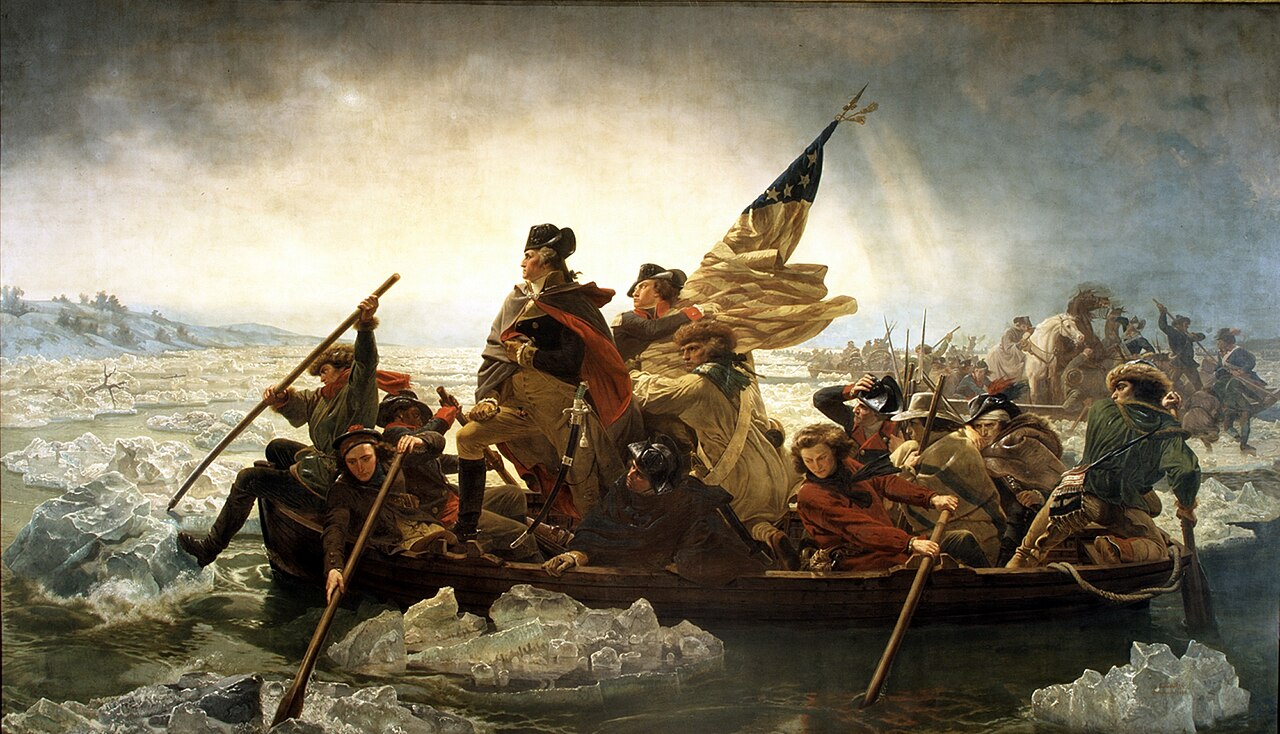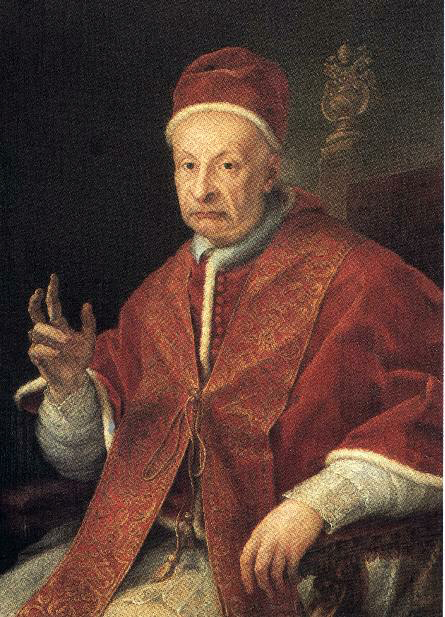Text from The Saint Andrew Daily Missal,
unless otherwise stated.
Octave Day of The Epiphany.
13 January.
Privileged Octave Day.
Greater-Double.
White Vestments.
God manifests Himself to The Magi by a Star.
Illustration: UNA VOCE OF ORANGE COUNTY
Artist: Rene de Cramer.
"Copyright Brunelmar/Ghent/Belgium".
Used with Permission.
Of the old Office, which Celebrated on this day The Baptism of Jesus and The Glorious Manifestation that The Heavenly Father gave of His Divinity, we have only preserved the Collects and Gospel. The rest is taken from The Mass of Epiphany, so that we continue to keep in touch with The Infant of Bethlehem.
The whole World was awaiting The Messiah, and now that "The Sovereign Lord has come, Who holds in His hand the Kingdom, and Power and Dominion" over all hearts (Introit), it is time that John appeared, "that man sent from God" (Last Gospel), "that Jesus may be made manifest in Israel" (Gospel).
The holiness of The Forerunner is recognised by all the Jews and Gentiles, who come in crowds (Epistle) to receive his Baptism of Penance. He has all the influence over them necessary for the fulfilment of his mission, which is to present officially The Bridegroom to The Bride, Christ to the Souls of men.
The Gospel tells us that John saw The Holy Ghost come down upon Jesus, and that he gave "testimony that He was The Son of God", Who "appeared on Earth in the substance of our flesh" (Collect).
The waters are, from henceforth, Sanctified by their contact with The Man-God. It is by Baptism, in fact, that "all Nations shall be made to serve Jesus" (Offertory).
Mass: As on The Feast.





















.jpg)






